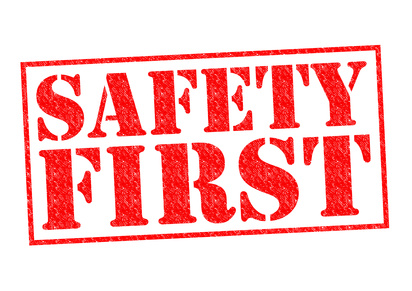Tough Coasteering- Safety Briefing

Coasteering in the Tough Zone can be hazardous. It is important you are aware of the risks and understand how to minimise these risks.
Get some professional training and always stick to these safety rules.
GET TRAINING
- Learn the theory and practical skills from a proper instructor
- Ensure you are prepared for the environment you are going to coasteer in
- Ask questions, get answers and learn everything you need to know
- If in doubt, do not attempt anything without more training
Nothing beats proper training from an experienced instructor
WATCH THE WEATHER AND SEA
- Check the weather reports before going coasteering, be aware that things can change quickly
- Check the tides and currents and make sure you know what changing tides will mean to your trip
- Always remember how unpredictable the sea can be
- Dress appropriately for the temperature/weather conditions
- Immediately turn back if the weather becomes dangerou
Coasts and the Sea can be unpredictable
KNOW THE DEPTH
- Never jump into water you have not checked for depth- remember the tide, rocks, sand and sediments can change the depth of water over time
- Never explore a cave that you do not know if the tide is rising- the cave may become underwater
- Do not jump into the water from loose outcrops or with rocks directly below you
- Check you can easily return from the place you jump into
Knowing the depth of water before swimming or jumping in is VITAL
STAY WARM
- Wear a wet suit if the sea temperature and weather dictate
- Strong winds will make you feel much colder much faster
- Being cold makes you more susceptible to injuries
- Being cold can make you lose energy, making return trips harder
- Have dry clothes, warm drink as well as towels and blankets available as soon as you return from the coast
Getting too cold can cause serious problems
BE ORGANISED
- Plan how long you will be away for and know what kit you will need for that time
- Ensure you tell someone where you are going and when you expect to return
- Consider discussing your trip with local in-shore rescue, lifeguards, beach patrols or coastguard before you go
- Have a plan in case things unexpectedly change or go wrong
- Research the route, the weather and the seas so you know what to expect
- Never coasteer alone!
Prepare everything before you go
WATCH THE ROCKS/CLIFFS
- Rocks can be slippery, especially when wet
- Always look above you for loose rocks
- Watch for evidence of recent cliff/rock falls that suggest the area may be unstable
- Understand that rough seas can pelt you with sand and stones
Rocks and cliffs can pose dangers
Professional Training: Nothing can compare to professional training delivered by qualified trainers who can carefully guide you through how to safely learn and practice the required techniques in a controlled environment.
Medical Advice: Before taking part in a new sport or activity you should consult your doctor or other healthcare worker to identify any potential risks to your wellbeing. This is particularly important if you are pregnant, elderly, suffered previous injuries, suffering from a long term medical condition, or disabled. Whilst these conditions do not preclude you from taking part in most activities, getting advise can help you adapt to suit your individual needs.

